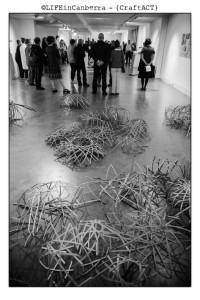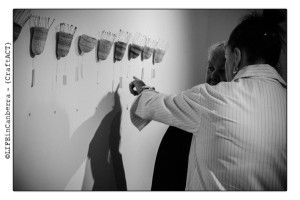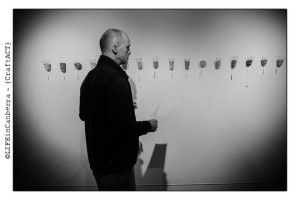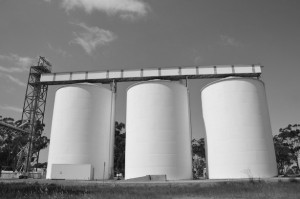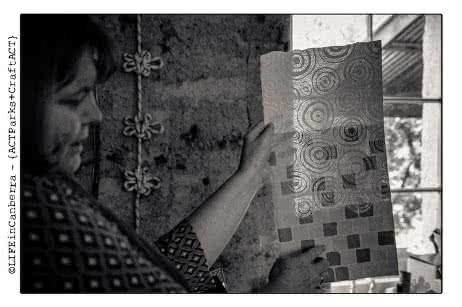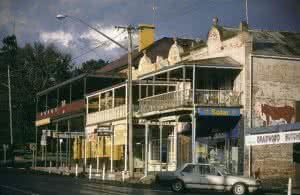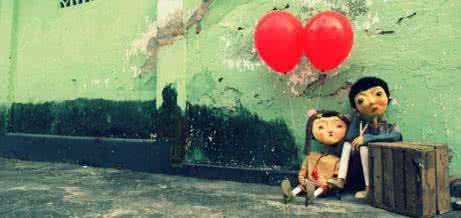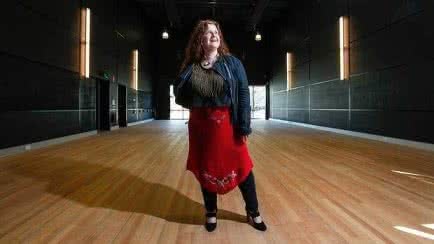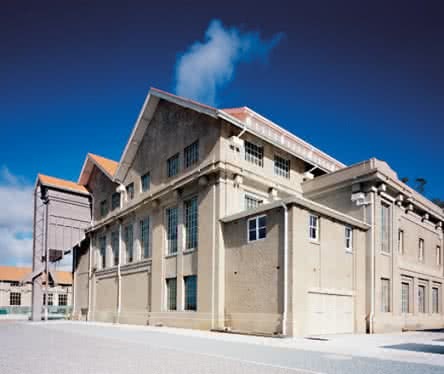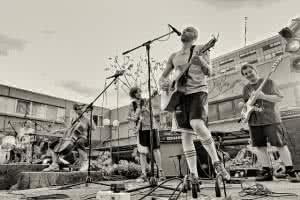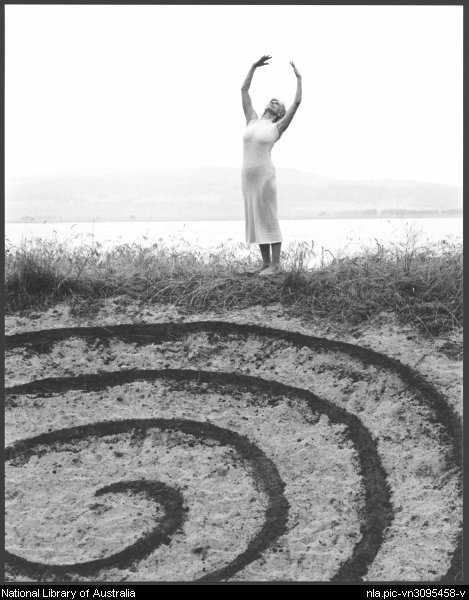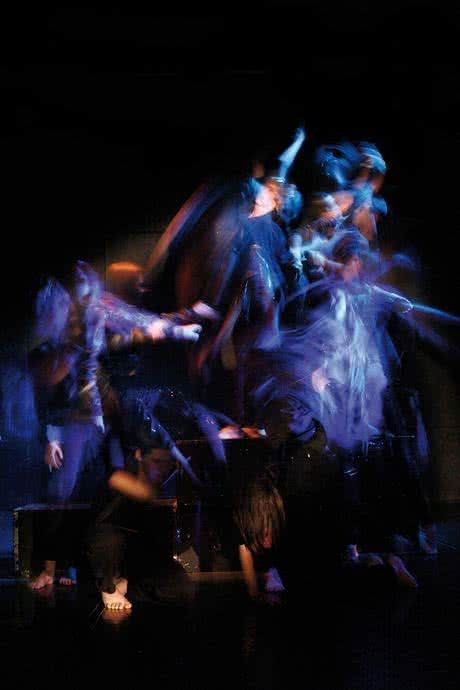The Childers Group 2019 – 2020 Budget Submission
For seven years the Childers Group has been contributing to the development of the ACT budget through ACT Treasury’s budget consultation process.
The Childers Group welcomes the opportunity to provide input into the 2019-20 ACT Government Budget development process.
The Childers Group is an independent arts forum established in 2011. Our advocacy is based on the principles of:
- independence;
- objectivity;
- valuing the arts; and
- pride in Australia’s national capital city and the surrounding region.
The Group has delivered yearly forums, involved MLA representation from the three main political parties, held a variety of meetings with stakeholders such as the Cultural Facilities Corporation, and advocated our ideas with the ACT Government, the Australia Council for the Arts, and the Australian Government.
Consequently, what follows is informed, considered, and situated in a national policy context.
- A brief summary of our submission.
The Childers Group acknowledges the Government’s ongoing support for the arts and strongly recommends increased investment in the arts as outlined in our submission. Canberra is rightly recognised as one of the world’s great cities, and one of the most liveable cities in the world. This phenomenal achievement is due in part to the rich diversity of creative opportunity available to us to experience and participate in. With the growth of our city and surrounding regions, we must be courageous and imaginative in ensuring these opportunities grow with us.
Childers Group notes some key economic figures ( from the artsACT Economic Impact Study 2015 ) into the value of the Arts and Cultural Sector in the ACT.
OUTPUT
In 2012–13 the direct output of the arts and cultural sector in the ACT was estimated to be $974m of which the arts were responsible for $361m.
VALUE ADDED
The arts and culture sector directly added $426m of value to the ACT’s economy in 2012–13. This was equivalent to 1.3% of total value added by industry. Of this, $162m was associated with the arts.
EMPLOYMENT
There were 6,456 persons employed in the arts and cultural sector in the ACT in 2011. This was equivalent to 3.1% of ACT employment.
HOUSEHOLD EXPENDITURE
Canberrans have an appetite to pay for cultural activities, spending approximately $211m per year, which is a higher per capita level than other capital cities.
LOCAL PARTICIPATION
In 2013–14 nearly 350,000 people attended events at venues such as the Canberra Theatre Centre or Canberra Museum and Gallery. In 2013, more than 412,000 people attended events hosted by arts organisations supported by artsACT.
CULTURAL TOURISM
Close to 729,000 domestic and 128,000 international cultural tourists visited the ACT in the year to September 2014. Their total spending was estimated to be worth $855m.
CREATIVE INDUSTRIES
As of June 2014, the ACT had nearly 1,200 active businesses in the creative industries.
EDUCATION
The ACT has more than 3,000 higher education students studying the creative arts. In addition to course fees, these students are estimated to spend $62m per year.
- What services do you believe are most important for the Territory?
We believe creativity and engagement in the arts are vital components of a healthy city. The ACT Budget is an opportunity to make adequate provision for the arts to flourish. The Childers Group reiterates its previous concerns about creating opportunities and resources for key organisations and artists to deliver the cultural services that are central to a vibrant and healthy city.
ACT KEY ARTS ORGANISATIONS (KAO’S)
The Childers Group notes that the KAO’S funding agreements are being brought into alignment, starting in 2020, and that this will offer the ACT Government an unprecedented opportunity to design a network of key arts organisations that provides comprehensive cultural services to the Territory, across geography, artform and level of practice.
Every Canberran should have access to the perfect key arts organisation to inspire and engage them. Every Canberran artist should have a key arts organisation that will support them to grow and develop. And every visitor to Canberra should be able to find the key arts organisation that invites them to share in the wonderful cultural life of our city.
RECOMMENDATION 1
The Childers Group encourages the ACT Government to fund the growth of the ACT’s Key Arts Organisations to fulfil their potential and support their sustainable growth as an essential part of what makes the ACT such a great place to live.
The Childers Group analysis of arts grants in the ACT shows that there still is a significant decline in ACT arts grants on a per capita basis, and as a proportion of funds available to Government.
It is Childers Group understanding that if 2019-20 arts activity were funded at an equivalent proportion of Total Government Revenue as in 2004-05, total grants to the arts would be increased by around $2,000,000. Childers would see this needed increase being achieved by an increase of $1,000,000 each Budget year (19-20 and 20-21) leading up to the next ACT election in 2020.
RECOMMENDATION 2
The Childers Group strongly advocates for an increase of an extra $1,000,000 into the Arts Portfolio for the 2019-20 Budget and again in the subsequent Budget 2020-2021 leading into the next ACT election.
- Are there particular services that you consider the Government should stop delivering or should deliver in a different way?
While it is crucial to recognise the immense direct contribution that arts and culture makes to the quality of life in the ACT, it is also important to factor into strategic whole of government planning, their broader social and economic impact. Through their central role in content creation, arts and culture are inextricably linked to ACT creative industries, which in turn sit at the heart of the knowledge economy of the future. As such they have an important part to play in fostering innovation and fuelling a clever and inventive society in which good design plays a central role in industry, urban environments and public policy.
Currently, the arts are not adequately integrated within policymaking or service delivery at a whole of government level. For comparison, there are existing strategic objectives to achieve ‘higher than average participation in sport and physical and recreational activities’.
No such strategic objective has been stated for the Arts. Cultural Tourism would appear to be an obvious inclusion given the strategic importance and economic benefits of cultural tourism to the region.
RECOMMENDATION 3
The Government should commit to incorporating clear Strategic Objectives for the Arts and Cultural sector within the ACT Government’s Budget Objectives.
RECOMMENDATION 4
Childers Group recommends that the ACT Government establish links between Government Directorates to maximize Arts Development in the ACT and region.
In line with ACT Government strategic priorities of enhanced liveability and social inclusion, suburban renewal and health and education investment, the role of the arts in these areas should be recognised with the establishment of officer positions in ACT Government Directorates, including Education and Training, Health, Environment and Planning, and Capital Metro, at the Senior Officer Grade 3 level, to identify and implement strategies where arts activity can multiply existing value and enrich outcomes. In the first instance, this should be a 3-year initiative.
Establishing and consolidating existing links between artists, arts organisations and the stakeholders of each Directorate should be a key component of the work. For example, engagement in the arts throughout a child’s schooling, including early childhood, has immeasurable benefits which are now both quantifiable and proven in countries that have invested in strong arts programs within their schools.
- How can the Government deliver current services more efficiently, productively or to better meet the needs of Canberrans?
The Childers Group welcomes the decision by Minister Ramsay after positive consultation with the Arts Sector to form a Minister’s Creative Council.
RECOMMENDATION 5
We seek that the Creative Council be properly resourced in the next Budget so that it can undertake “strategic advice to the ACT Government on the arts and sector issues.”
- What can the Government do to make Canberra even more liveable?
The Childers Group’s objective is to contribute to the Government’s ability to deliver its agenda in the most effective way – building an understanding of where ACT arts and culture intersects with the national cultural institutions and tourism, the central role of the ACT in the cultural life of the region and the benefits this delivers back to the ACT, the national significance of much of the ACT’s arts and cultural presence, the importance of ACT arts and culture in providing a productive environment for creative and other knowledge-based industries and fostering a clean, clever and inventive society, and the importance of research and evaluation in demonstrating the broad value of the arts.
Partnership with Government
The government continues to make many positive decisions about the arts and we have been in discussions with Minister Ramsay and members of the Assembly about them. We believe that much has been achieved over the recent past and that the ACT arts and culture sector has matured and moved to a new level.
There are still some crucial gaps for us to jointly address, such as critical lack of recognition of the importance of First Nations arts and culture in funding outcomes. The appointment of an Indigenous Arts Officer at artsACT is a major step in this area and Childers group applauds the Government for this decision in the last Budget. This will remain a major concern for us, but also an issue for the Government’s social inclusion strategy, and we will continue to pursue this with Minister Ramsay as a priority.
We also acknowledge the Canberra Wellington Indigenous Artist Exchange pilot which will provide the opportunity for a local Aboriginal and/or Torres Strait Islander artist to spend up to six weeks in Wellington.
Whole of government and whole of society
The Childers Group believes it is crucial that the arts are seen in terms of “whole of government and whole of budget issues”. The Arts needs to be seen as not the responsibility of only artsACT and its Minister but of “whole of Government”.
This is about the bigger picture for the ACT. As a small self-contained jurisdiction, the ACT can choose areas where it wants to be nation-leading, and the arts is a great candidate for this. The arts sector in the ACT has all the foundations required to be recognised as amongst the best in the country in a relatively short period of time. Much is already underway. To grasp the opportunity requires only political will and only a limited investment of funds compared to other aspirations the Government might have.
Sustainable Canberra – the crucial importance of the clean and clever knowledge economy of the future and the arts and creative industries at its heart
It is crucial to recognise the immense direct contribution that arts and culture makes to the quality of life in the ACT but it is also important to factor into strategic whole of government planning their broader social and economic impact, the substantial secondary benefit they provide. We are pleased that Confident and Business Ready – Building on our Strengths, the ACT Government’s Business Development Strategy clearly acknowledges this. The challenge is to move beyond recognising and acknowledging this to integrating it practically across whole of government day to day work. Often this may not even require new funding but repurposing, refocusing or linking up of existing initiatives.
The arts are a good investment in its own right, but it is also an economic driver and enabler, with far broader outcomes than cultural ones. This is shown clearly by the ACT Government’s 2015 Economic Overview of the Arts. It demonstrated that arts and culture is a significant local economic sector but, far more importantly, it’s indirect economic and social impact is crucial.
The arts are capable of adding value to any other strategy the government has – liveable spaces and creative precincts, improvements in healthcare, links to the major education and research institutions to foster innovation, enhancing social inclusion and valuing the role of diversity in fostering a vibrant and innovative society. The arts are inextricably linked to creative industries and the clean and clever knowledge economy of the future and this is the context in which we would like to discuss them further.
Cool little capital – a desirable place to live, work, visit and invest
The arts has a crucial role to play making the ACT a desirable place to live, work, visit and invest (for the ‘cool little capital’, arts and culture is much of the cool). Interestingly, the Economic Overview of the Arts noted that 40% of ACT population growth comes from interstate and international migration, so creating an attractive place to live and work is critical to this driver of economic growth.
Sustainable tourism means cultural tourism
It is noteworthy that the ACT Government 2015 Economic Overview of the Arts pointed out that amongst people who had not visited the ACT recently, Canberra’s appeal was scored poorly, but ranked above Hobart and Sydney (and almost equal with Melbourne) for appeal by those who had recently visited the ACT. These findings point to a high quality, but poorly understood, artistic and cultural tourism experience in the ACT.
Visitors to large blockbuster exhibitions at the national cultural institutions can augment their visitor experience when a wide-ranging, dynamic cultural milieu exists, so the whole visit is a rich and stimulating one. This increases the likelihood of longer and repeat visits.
The Childers group looks forward to engaging with government over our Budget Submission in the next few months.
Yours Sincerely
Michael White
On behalf of the Childers Group
October 2018

